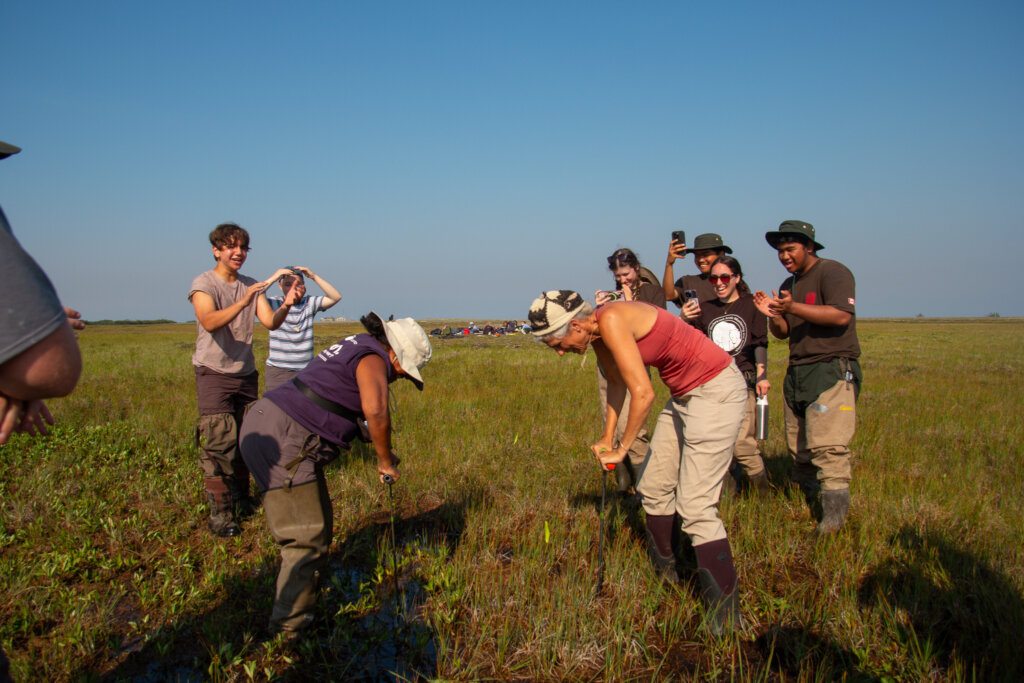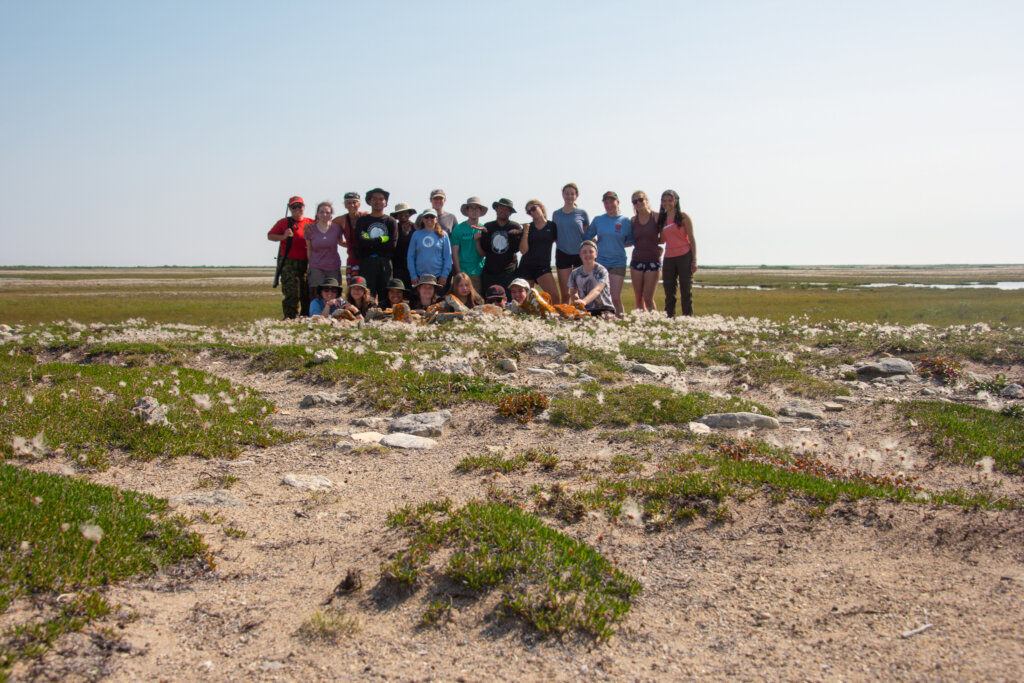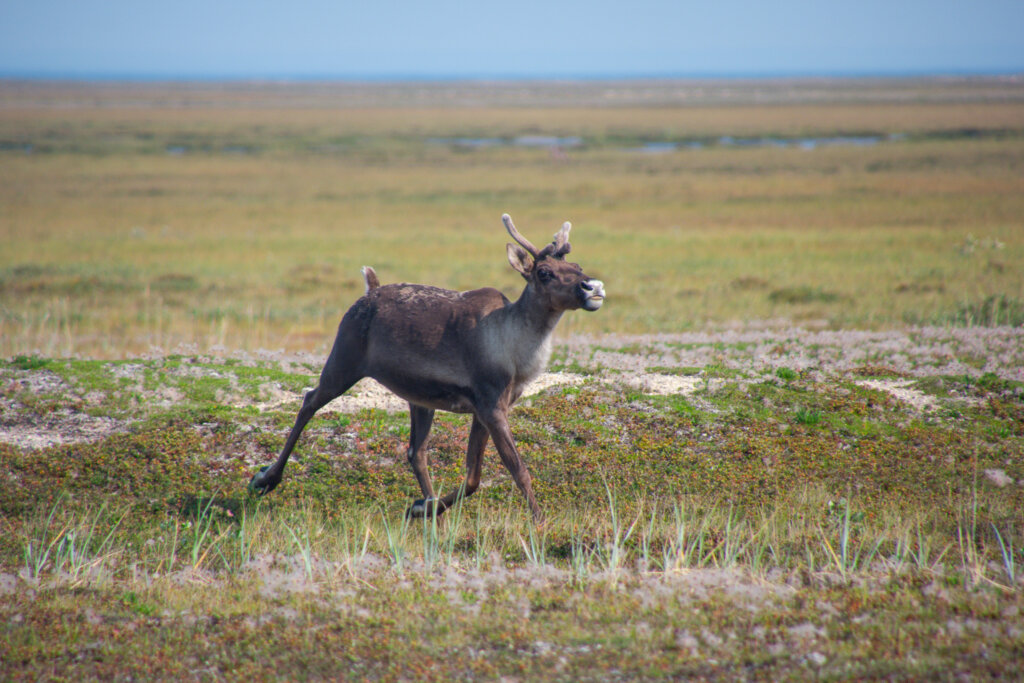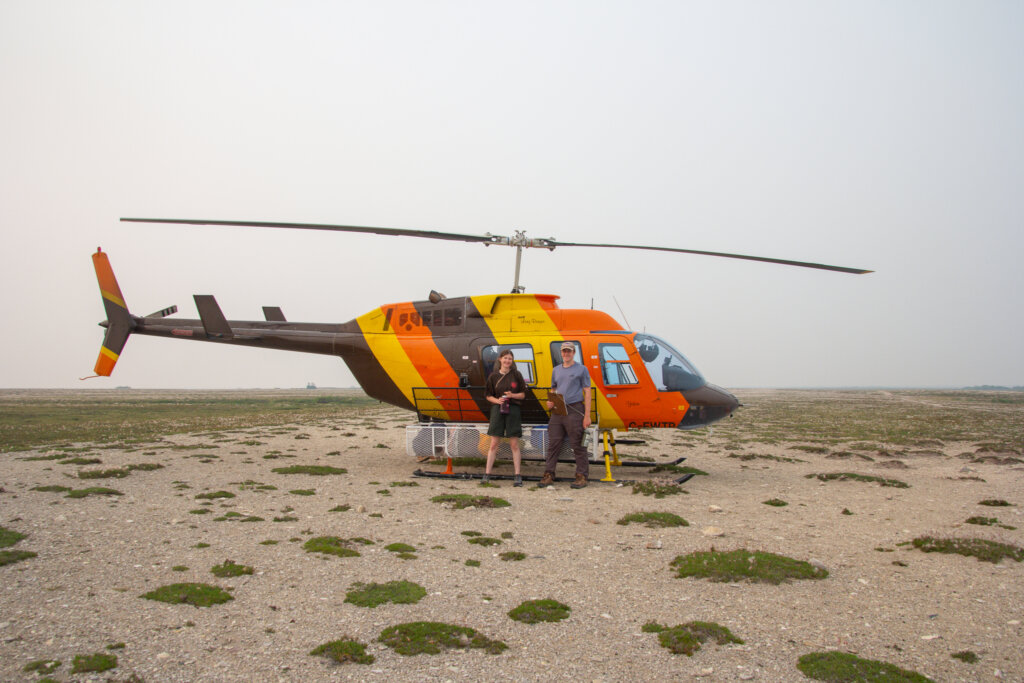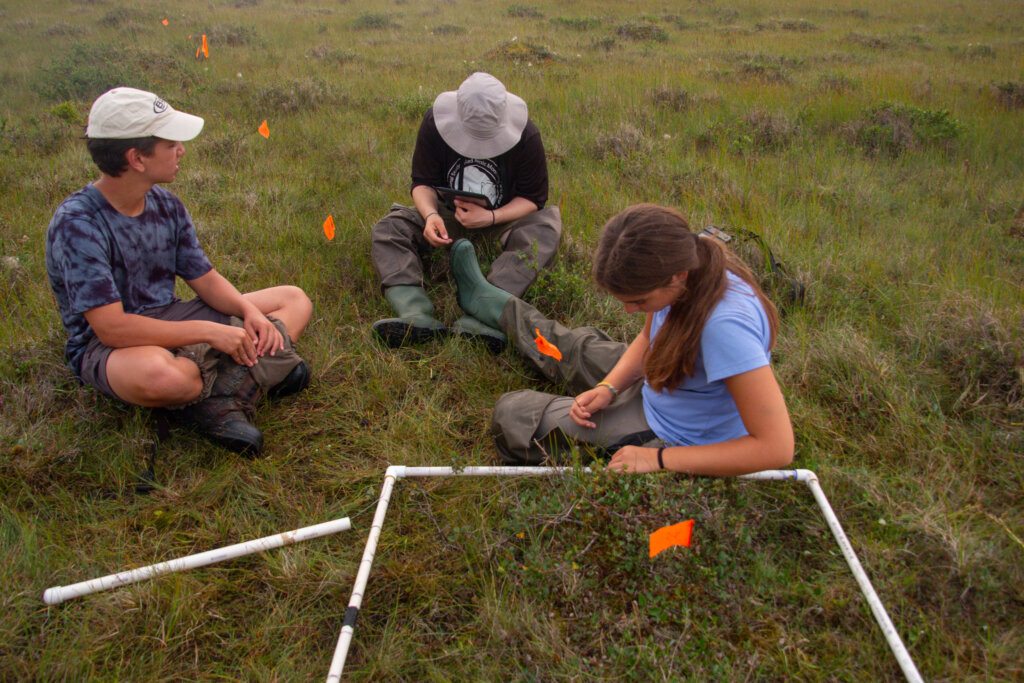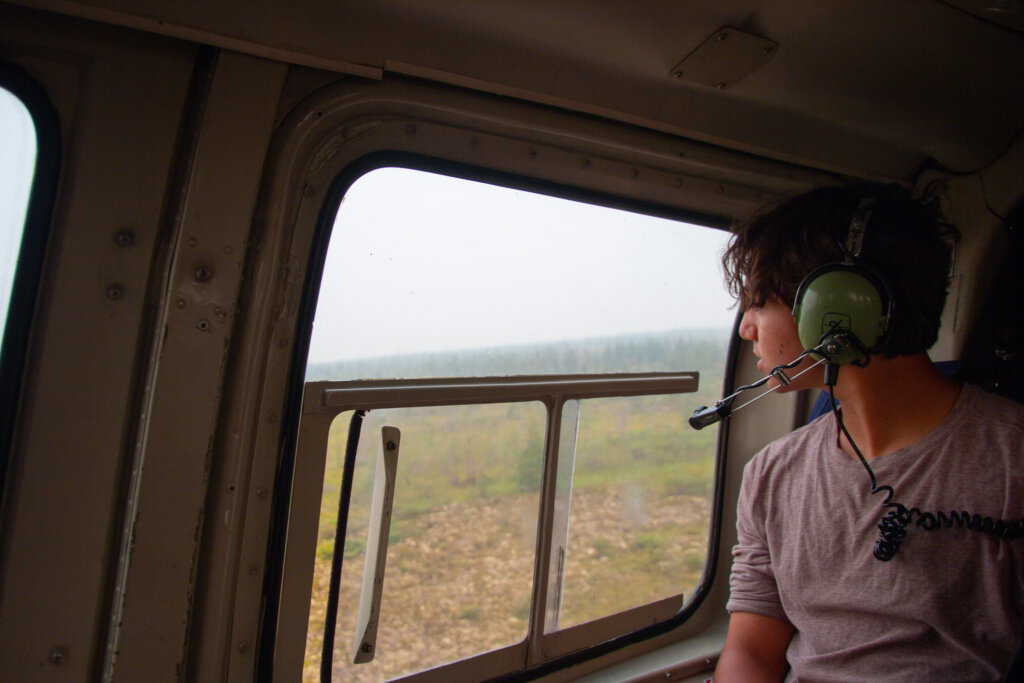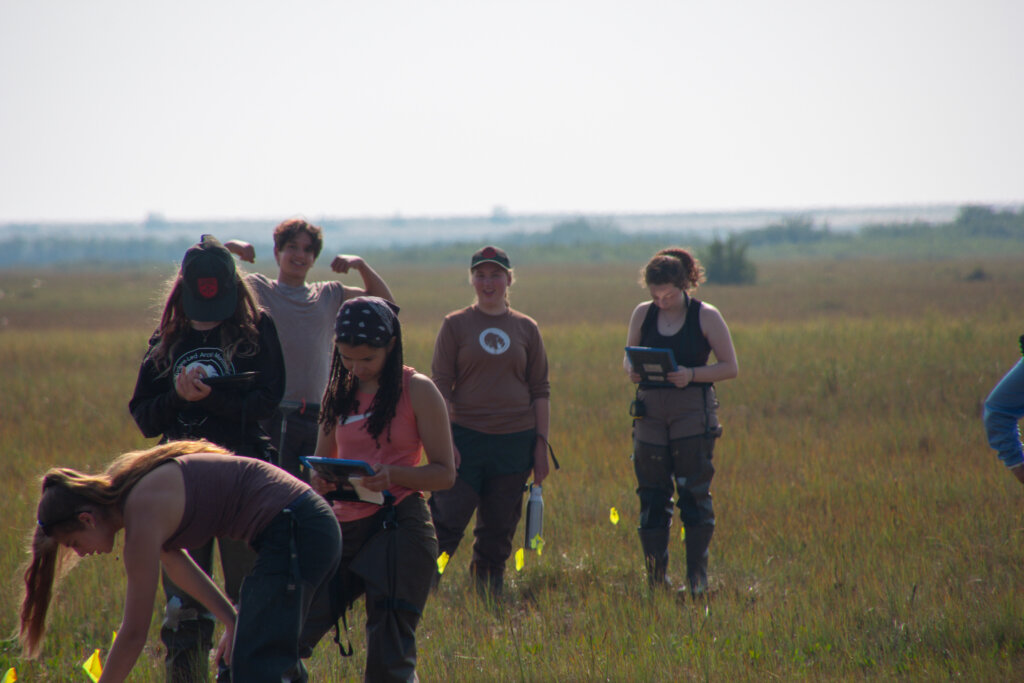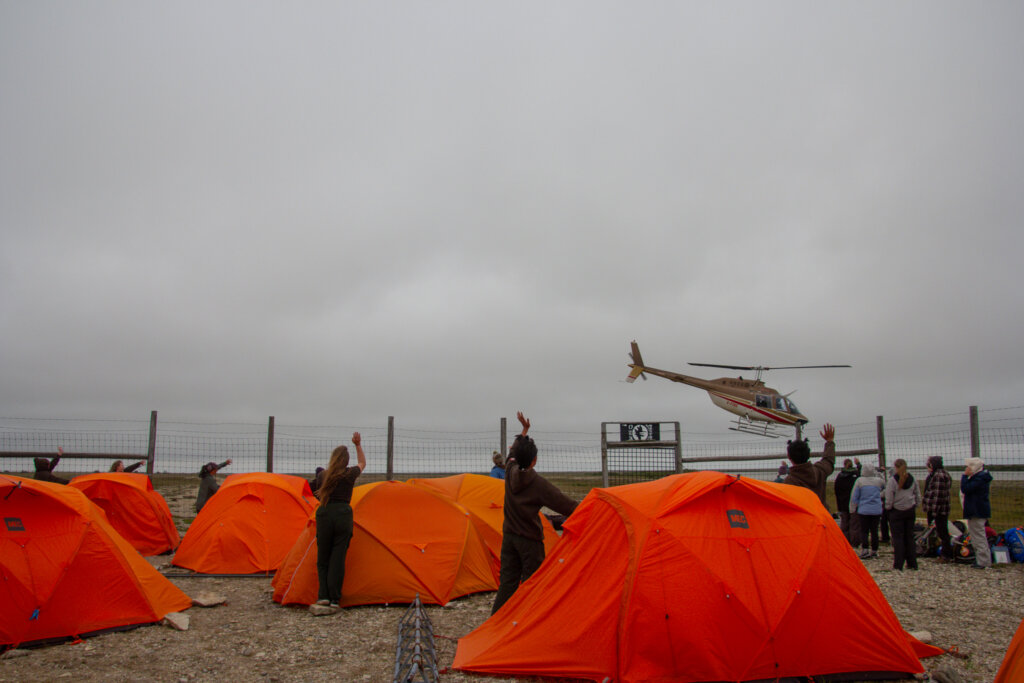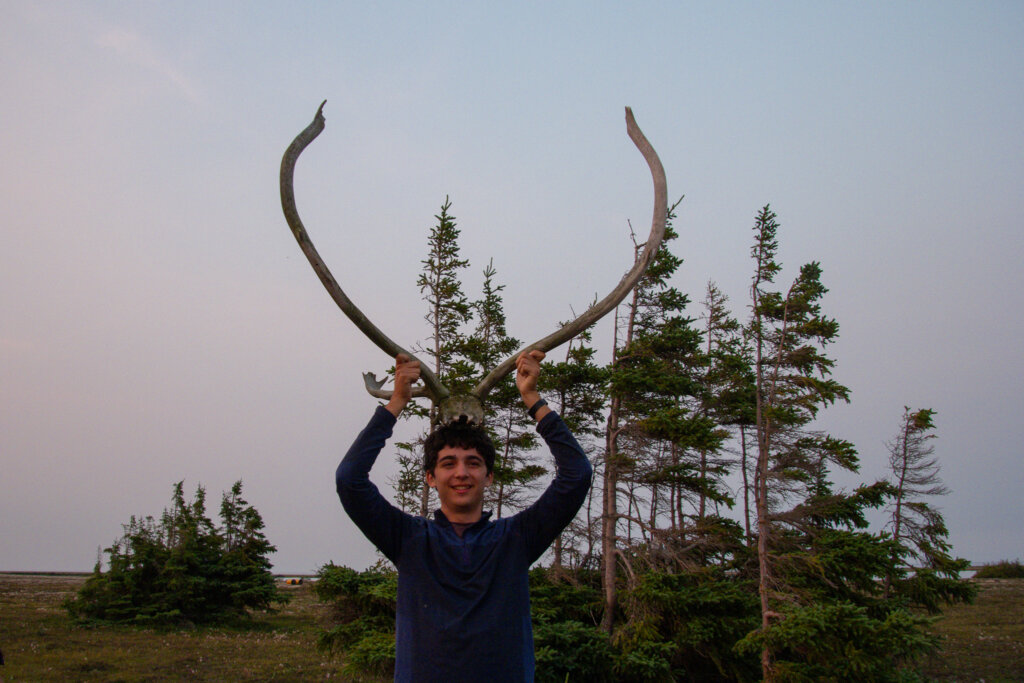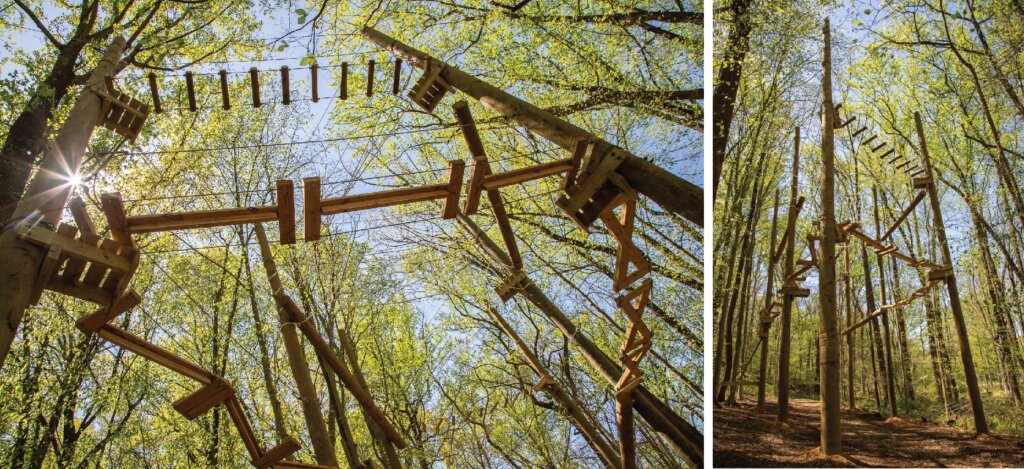Park’s ISAMR Program Returns to Northern Canada for Annual Climate Change Research Trip
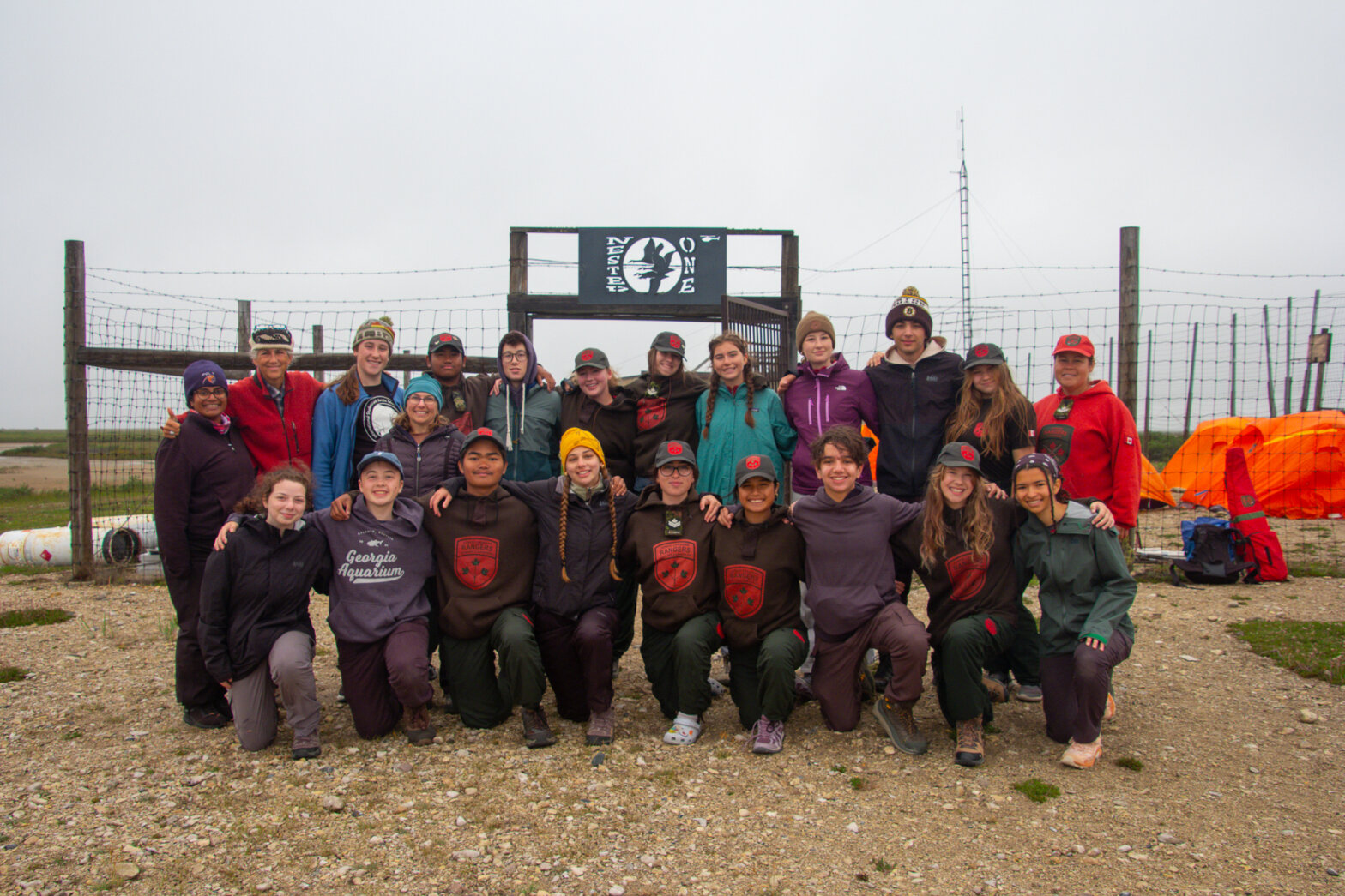
Members of the International Student-led Arctic Monitoring and Research (ISAMR) program took their annual trip to Northern Canada this summer to conduct permafrost research and study its relationship to climate change in Manitoba’s Wapusk National Park. This year, nine Park Upper School students and two faculty members, along with one student and faculty member from Baltimore Polytechnic Institute met up with eight Junior Canadian Rangers (JCRs) from Churchill to work and travel together. They also traveled with Jill Larkin, a Canadian Ranger who leads the Churchill JCR program, and Ryan Brook, a Professor at the University of Saskatchewan.
The ISAMR program is a coalition of students, teachers, and professional researchers working on a projected 30-year study of the subarctic climate. The unique extra-curricular program is an opportunity for students to travel twice annually (August and October) to the edge of the Arctic Circle to conduct original scientific research.
This year’s trip consisted of three days of travel by train each way, which included an Aurora Borealis car with a glass dome to view the northern lights. The group spent five days at Camp Nanuq in town and seven days in Wapusk National Park at a research station called Nester One. In both locations, students collected data on permafrost (frozen soil), vegetation, caribou (reindeer) migration patterns, and soil content of fox dens. This year, they noticed that the ALT (Active Layer Thickness) was much deeper than previous years, indicating more methane and CO2 are being released into the atmosphere that would normally be sequestered in the frozen peat. They will then analyze the data during the school year, building on the dataset that ISAMR has been collecting since 2008.
Read more about ISAMR here.
